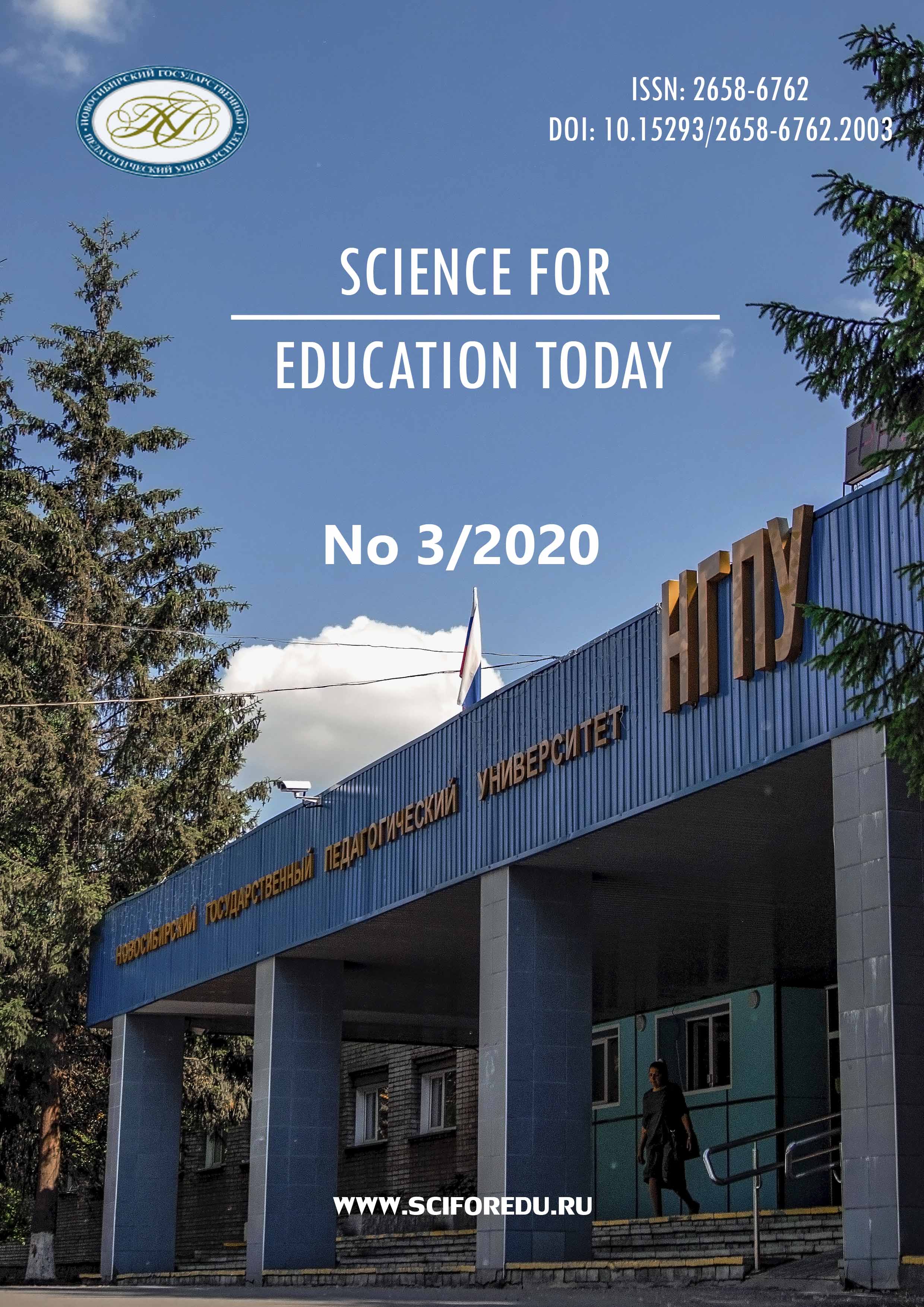Основные тенденции морфофункционального развития казахских школьников за последние 13 лет
The main trends in morpho-functional development of Kazakh schoolchildren
Author(s): Zhanat Makanovna Mukataeva, Saltanat Zhumabaevna Kabieva, Aigul Salimzhanovna Dinmukhamedova, Roman Idelevich AizmanSubject(s): School education, Health and medicine and law
Published by: Новосибирский государственный педагогический университет
Keywords: Morphological and functional indicators; Students; Functional reserves; Gender differences; Age-related variability; Development dynamics; Health
Summary/Abstract: Introduction. A comparative analysis of children’s body indicators in certain climatic and geographic areas for a certain period of time contributes to understanding how socio-economic factors influence human ontogeny. The purpose of this study is to assess physical and functional development of schoolchildren aged between 7 and 15 years in Pavlodar in 2018 and compare the data with those obtained in 2005. Materials and Methods. The sample consisted of 1022 students aged between 7 and 15. The authors compared the following anthropometric and functional measurements: height, weight, chest circumference, Quetelet index (Body Mass Index), body composition, indicators of the cardiorespiratory system and physical performance. Results. It has been found that the girls’ height has not changed, while boys at 8-10 and 12 years of age significantly increased body length compared to their peers in 2005. Students of both sexes significantly increased body weight. The indicators of lung capacity and life index were slightly lower than those of their peers in 2005, which indicates a decrease in the functionality of the respiratory system. Assessment of physical performance and blood supply showed less cost-effective functioning of the cardiovascular system under physical stress compared to students in the 2005 study, especially during adolescence and high school age. Conclusions. The study revealed (1) an increase in weight indicators (Body Mass Index and Reserve Body Fat) in girls without body length changes, (2) a slight increase in prepubertal boys’ height and (3) a decrease in the functionality of the cardiorespiratory system in children of both sexes in the period between 2005 and 2018. The obtained data indicate the need for new standards to assess physical development of modern children and adolescents.
Journal: Science for Education Today
- Issue Year: 10/2020
- Issue No: 3
- Page Range: 211-230
- Page Count: 20
- Language: Russian

